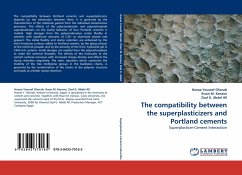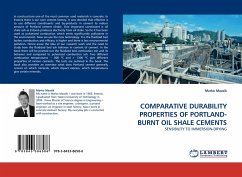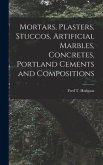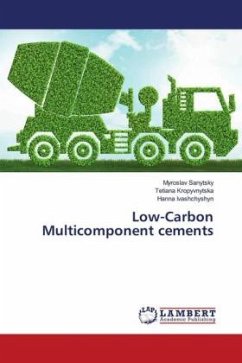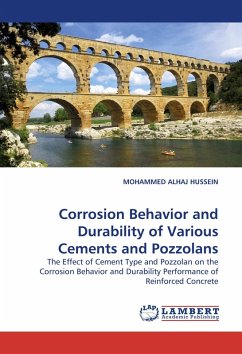The compatibility between Portland cements and superplasticizers depends on the interaction between them. It is governed by the characteristics of the materials gained from the individual manufacture processes. The effects of the polycondensate- and polycarboxylate superplasticisers on the slump behavior of four Portland cements is studied. High dosages from the polycondensates create fluidity in cements with significant amounts of C3A- or aluminate phases and gypsum. The initial fluidity and slump retention are enhanced by the inert limestone surfaces added to Portland cement, by the glassy phases of the red-brick powder and by the porosity of the ferric hydroxide gel in C4AF-rich systems. Small dosages are needed from the polycarboxylates to make the cements flowable. The affinity of the molecules to the cement surfaces increases with increased charge density and affects the slump retention negatively. The steric repulsion which constrains the mobility of the free methylene groups in the backbone chains, is governed by the conformation of the chains in the polymer structure and leads to a better slump retention.
Bitte wählen Sie Ihr Anliegen aus.
Rechnungen
Retourenschein anfordern
Bestellstatus
Storno

